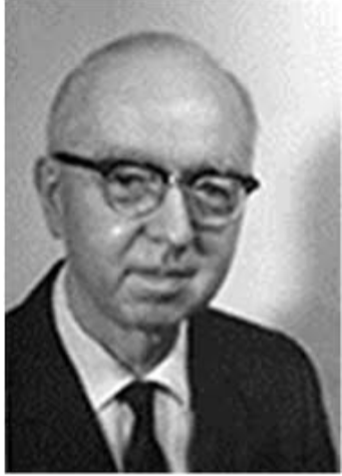Session: Special session:100th Anniversary of the discovery of Ferroelectricity (Invitation only)

Josef Valasek (April 27, 1897 – October 4, 1993)
Ferroelectric phenomenon in materials was identified for the first time about 100 years ago in 1920 (paper presented at the American Physical Society (APS) Meeting in Washington, DC, April 1920), at the University of Minnesota, MN, USA; by then a graduate student Joseph Valasek working under the supervision of Prof. W. F. G. Swann. Before this announcement, some prominent physicists had envisaged and even predicted the possibility of an analogous electrical behavior in some materials to that of the well-established hysteresis behavior of magnetic materials. Debye’s work tried to put the concept of Curie temperature in some solids in 1912 but it Schrodinger in the same year who formalized the term ferroelectricity. The names ferroelectrics, ferroelectricity, etc. are fully symbolic of the hysteresis loop-like behavior originally displayed by the magnetic materials. Later on when the physics of ferroelectrics was formalized, most of the terminology, e.g. Curie constant, Curie temperature, etc. that characterized the hysteresis loop or its related characteristics, was inherited from the magnetic materials. Over the years basic ferroelectricity concepts were significantly developed. The observed ferroelectric hysteresis loop between electric polarization vs applied electric field in the then well-known material, Rochelle salt, was presented at the April meeting of the APS, held at, then known as, the National Bureau of Standards or NBS (currently known as the National Institute for Standards and Technology or NIST). Interestingly, even though Valasek submitted the abstract but it was presented by Swann (and Valasek was not present). It happened to be a unique case of the earlier predictions but it did not catch the attention of many researchers working in the field of electronics. Whatever the reason, there was a little attention paid to this newly identified effect in Rochelle salt in 1920s. In late 1920, Valasek’s paper was submitted to Physical Review and that appeared in April 1921. Both ferroelectricity and ferromagnetism are the observational or experimental characteristics of a special class of materials which were not predicted by any basic theoretical approaches to start with at that time.
Saxena, Avadh Behari, and Bhalla, Amar S. 100th Anniversary of the discovery of Ferroelectricity: How did it impact the Current Day Physics. United States: N. p., 2020. Web. doi:10.2172/1633563.
